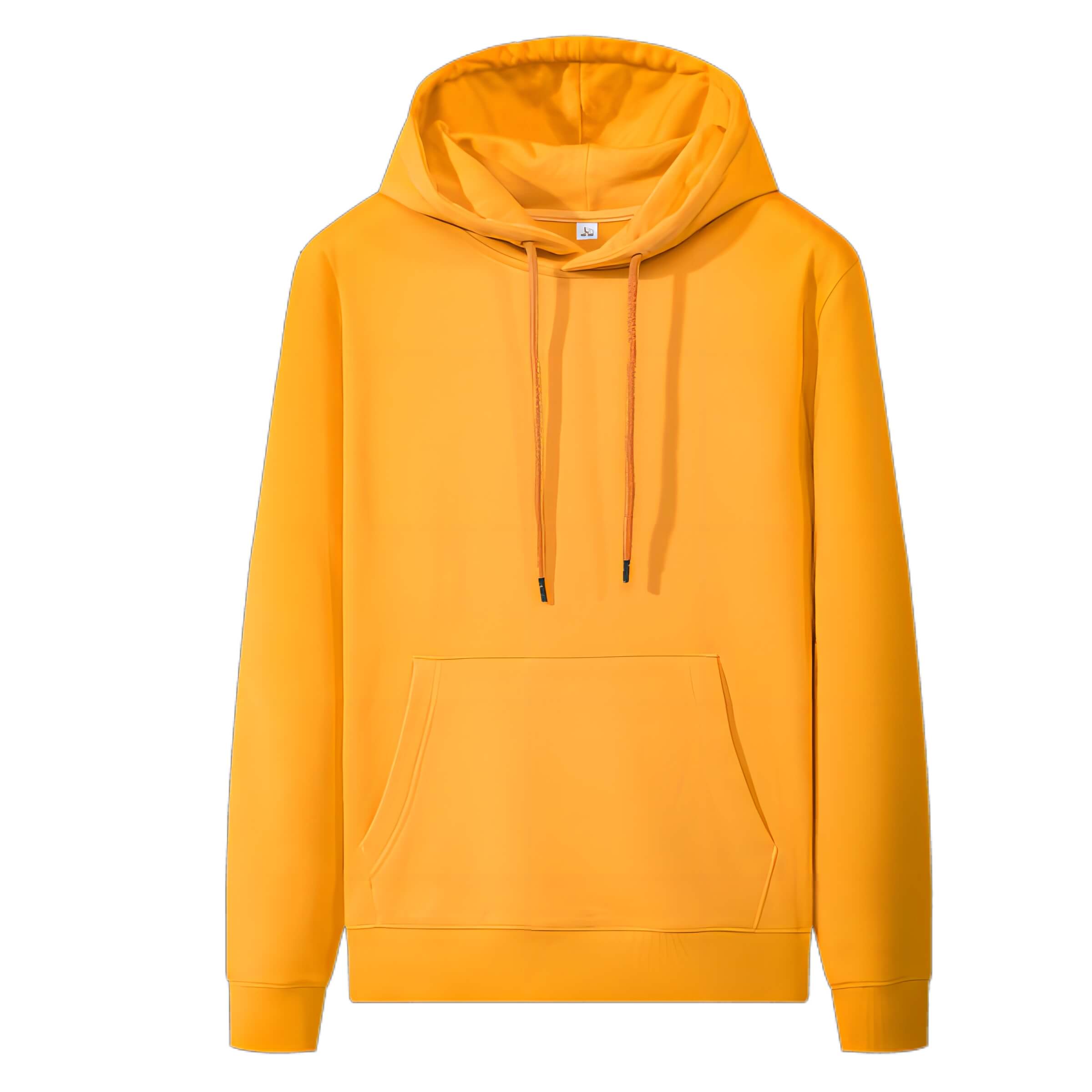Body armor has evolved significantly, offering better protection, comfort, and durability than ever before. Advances in materials and design have made modern armor lighter, stronger, and more adaptable to various threats. Whether for military, law enforcement, or personal use, today’s body armor provides a crucial layer of defense in high-risk situations.
In this article, we’ll explore the key factors that make modern body armor so effective, from innovative materials to advanced manufacturing techniques.

Evolution of Modern Body Armor Systems
Body armor has undergone significant advancements over the decades, driven by the need for better protection in increasingly dangerous combat scenarios. In the 1980s, the U.S. Army introduced the Personnel Armor System for Ground Troops (PASGT), a system made up of a Kevlar helmet and vest. While the vest weighed 9 pounds, it offered enhanced protection against shell fragments compared to previous models. Fast forward to 2003, during the Iraq War, when the U.S. military upgraded to the Interceptor Body Armor (IBA) system, featuring a layered Kevlar vest and ceramic plates that provided protection against rifle bullets—a significant leap in armor effectiveness.
Key developments include:
- PASGT (1980s) – Introduced Kevlar-based body armor, offering protection against shell fragments.
- Interceptor Body Armor (IBA) – Featured a Kevlar vest with ceramic plates, providing protection against high-velocity projectiles like rifle bullets.
- Add-on components – Including groin, throat, and arm protection, as well as enhanced SAPI plates and side ballistic inserts for better protection.
Similarly, the British military saw similar developments, moving from steel helmets to lightweight, flexible body armor systems. The Combat Body Armor (CBA) was introduced in the late ’80s, followed by the Enhanced Body Armor (EBA) with reinforced ceramic plates for added protection. The Osprey Assault system, developed for the Afghanistan War, used slimmer, more effective ceramic plates and offered improved mobility for soldiers in combat.
- Combat Body Armor (CBA) – Soft ballistic filler for protection against fragments and pistol rounds.
- Enhanced Body Armor (EBA) – Reinforced with ceramic plates to defend against higher-velocity projectiles.
- Osprey Assault system – Slimmer ceramic plates for increased mobility and better range of movement.
While modern body armor has significantly reduced injuries and saved countless lives, it does come with trade-offs. The added weight and decreased mobility, especially in extreme conditions, can hinder soldiers’ performance. Despite these challenges, body armor remains a crucial element of military gear, continually evolving to balance protection with comfort and mobility.
Features Of Modern Body Armors
Modern body armor is designed to protect against ballistic, stab, and impact threats while remaining lightweight and comfortable. Unlike traditional armor, which relied on heavy metal plates, modern options use advanced materials like aramid fibers, polyethylene, and ceramic composites.
These innovations provide a balance of flexibility, durability, and high-level protection, making them essential for military personnel, law enforcement, and civilians in high-risk environments. The following are the main features of modern body armors:
Soft Body Armor Composites
Soft body armor is made from advanced fiber composites that offer a combination of flexibility and protection. These materials are designed to absorb and disperse impact energy, reducing the force transferred to the wearer.
Common materials used in soft armor include:
- Ultra-High Molecular Weight Polyethylene (UHMWPE) – Found in brands like Dyneema and Spectra, this material is incredibly lightweight and resistant to high-impact forces.
- Aramid fibers – Kevlar and Twaron are well-known examples, valued for their high tensile strength and heat resistance.
These fibers are woven together and reinforced with a resin matrix, creating a durable composite structure. Multiple layers are arranged in a crisscross pattern, which enhances strength and ensures even energy distribution upon impact. This layered construction makes soft body armor both lightweight and highly effective against ballistic threats.
Hard Body Armor Composites
Hard body armor is designed to stop high-velocity projectiles and armor-piercing rounds by using rigid composite materials. These armor plates combine ceramic tiles with reinforcing fibers to provide superior protection while remaining as lightweight as possible.
Key components of hard armor composites include:
- Ceramic matrix composites – Made with ceramic tiles (typically alumina or silicon carbide) embedded in a polymer or aramid fiber matrix. The tiles are arranged in a mosaic-like pattern to maximize impact absorption and prevent penetration.
- Hybrid composites – A newer innovation that combines aramid fibers and UHMWPE in a single structure. This layered design strategically places materials based on expected threats, optimizing both strength and weight distribution.
The ceramic tiles act as the first line of defense, shattering incoming rounds to reduce their force, while the fiber matrix holds everything together, ensuring durability and stability. This combination makes hard armor plates highly effective against powerful ballistic threats.
Latest Developments: What Makes Modern Body Armor So Effective?
Modern body armor continues to evolve with advancements in materials, design, and manufacturing techniques. Today’s armor is not only stronger but also lighter and more adaptable to different threats. Innovations in composites, hybrid structures, and smart materials have significantly improved protection while maintaining comfort and mobility. These developments ensure that military personnel, law enforcement, and civilians have access to the most effective defense against ballistic and impact threats.
KFRP Composite Impact Enhancement
Kevlar Fiber Reinforced Polymer (KFRP) composites have emerged as a significant advancement in body armor technology. By combining Kevlar fibers with a polymer matrix, these composites offer enhanced impact resistance while remaining lightweight and flexible.
Key benefits of KFRP composites include:
- Improved energy absorption – The combination of Kevlar and polymer efficiently disperses impact forces, reducing blunt force trauma.
- Increased durability – KFRP composites maintain their protective qualities even under repeated stress, making them highly reliable.
- Lightweight protection – Compared to traditional materials, KFRP offers a better strength-to-weight ratio, ensuring comfort without sacrificing safety.
This technology enhances modern body armor by providing a strong yet adaptable protective layer against ballistic and impact threats.
Natural Fiber Composite for Ballistic Armor
Recent advancements in body armor have explored the use of natural fiber composites as a sustainable alternative to traditional synthetic materials. These composites incorporate fibers like flax, hemp, and jute into a polymer matrix, creating a lightweight yet durable structure capable of absorbing impact forces.
Key advantages of natural fiber composites include:
- Eco-friendly materials – Made from renewable sources, these fibers reduce the environmental impact of body armor production.
- High energy absorption – The natural fibers’ unique structure helps disperse impact energy efficiently, enhancing ballistic resistance.
- Lightweight design – Compared to conventional composites, natural fiber-based armor offers a lower weight without compromising protection.
While still in the early stages of development, natural fiber composites show promise for improving the sustainability of modern body armor while maintaining effective protection against ballistic threats.

Wrap-Up!
Modern body armor has come a long way, combining advanced materials and innovative designs to provide better protection, comfort, and mobility. From cutting-edge composites like KFRP to the exploration of natural fiber alternatives, these developments continue to push the limits of what body armor can achieve.
As technology evolves, body armor will become even more effective, offering stronger yet lighter solutions for those who rely on it. Whether for military, law enforcement, or civilian use, today’s armor is built to meet the highest standards of safety and performance.
